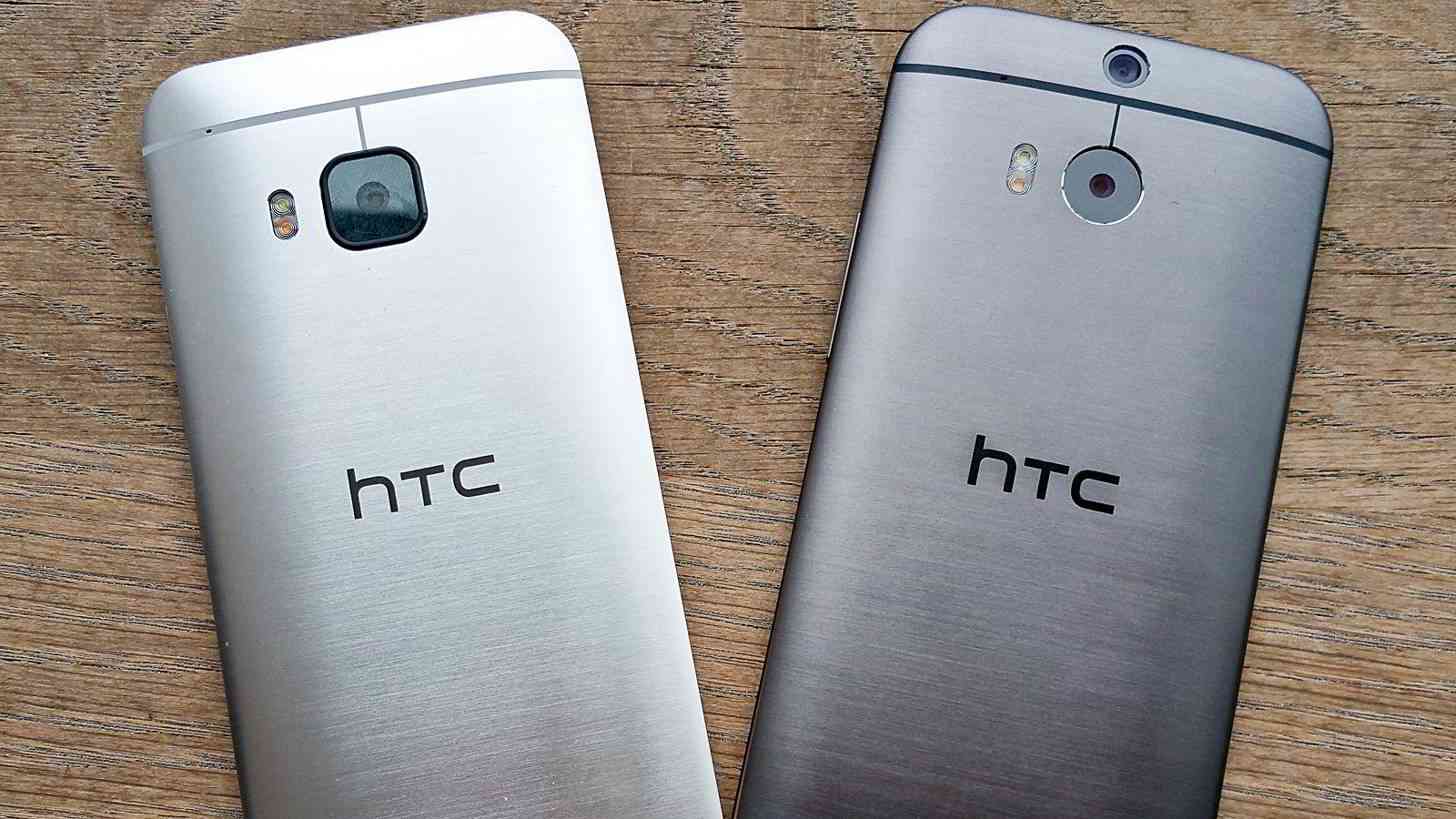
With the official reveal of the LG G5 and Samsung Galaxy S7 now behind us, many mobile enthusiasts are turning their attention to HTC in anticipation for their next flagship device, the HTC M10. Initially anticipated to be seen during MWC 2016, news surfaced before the event that HTC would not be revealing the M10 during the event, instead opting for an event of its own purportedly sometime during March. It has also been speculated that the M10 event could happen as late as May.
A “late” arrival, at least compared to what we are used to, could have some serious repercussions on its own, but probably not as much as releasing another disappointing flagship. While the M9 was by no means a bad phone, there were certain qualities that made it… well, kind of sub-par.
Both M8 and M9 strongly resembled the M7, but the aforementioned pair were nearly identical to each other. And while the M7 was highly commended for its beautiful, premium design – a rarity in the Android space at the time – by the time the M8 and M9 came out, while still “beautiful”, the premium design was just yesterday’s news.
More damning than the nearly identical design, however, was the One’s camera year after year. The M7 released with the strange 4-megapixel “UltraPixel” camera. Prior to this release, most smartphones focused on megapixels in order to sell its camera to consumers. HTC, on the other hand, focused on larger sensor pixels for better low-light performance. As for the 4-megapixel aspect, it did indeed mean that photos taken with the M7 had lower resolution as a result.
I liked the M7, and I thought the photos looked great on the device itself; as advertised, the HTC One M7’s low-light photo performance was exceptionally good. If you’re the type of person to only view photos on their phone, then it wasn’t such a bad deal. When viewed on a computer, however, the clarity of the images weren’t great when viewed with full resolution – even good low-light performance couldn’t save the low resolution. For many people higher resolution was more important, thus the M7’s camera was not well-received.
When the M8 came out in 2014, the design varied slightly. The phone was larger and the corners of the device were more rounded; overall, the design change was fine. It was the return of the 4-megapixel UltraPixel camera that ultimately made the M8 an iffy choice that year.
And then you have the M9, which was controversial for keeping nearly the exact same design as the M8. However, the M9 featured a more traditional camera. The UltraPixel camera moved to the front, and the rear now featured a 20-megapixel camera. Even with the major boost in megapixels this time around, the camera just wasn’t up to par at release. Although software fixes came later, the damage was already done; initial reviews didn’t bode over well.
So now we’ve come to the M10, which HTC now claims will have a “very, very compelling camera experience”, in what seemed like a response to the recent unveilings of LG’s G5 and Samsung’s Galaxy S7, both of which feature exceptional cameras of their own. Rumor has it that the M10 will feature a 12-megapixel UltraPixel camera, and a 5-megapixel UltraPixel front-facing camera.
Could this be the camera that redeems HTC’s One M series? If the M10 does indeed feature a 12-megapixel UltraPixel camera, I could certainly see that being the case.
I actually like UltraPixel. My M7 took some of the best photos any phone of mine had ever taken – but when these photos were shared to social media, it was clear that the image quality wasn’t as great as it seemed. In theory, a boost to 12-megapixels seems like it would eliminate that issue, while still keeping the same great low-light exposure that both the M7 and M8 featured.
I would think that a great camera experience would bring HTC’s flagship back into people’s good graces again given just how important the smartphone camera has become, and I hope that that the claim of having a “very, very compelling camera experience” ends up being true.